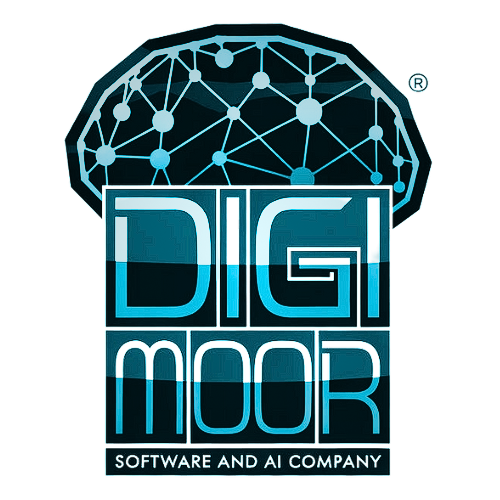The landscape of artificial intelligence is experiencing a significant transformation thanks to the launch of the Model Context Protocol (MCP) in conjunction with Large Language Models (LLMs). This innovative communication framework is revolutionizing the way AI systems interact with external tools and data sources, creating thrilling opportunities for developers and businesses alike.
The Universal Translator for AI Systems
Think of MCP as a universal translator for LLMs and external tools. By creating a standardized method for these systems to communicate, it cuts through the complexity that has often made AI integration a challenge. This protocol acts as a bridge, enabling smooth two-way communication that allows AI models to tap into real-time data, interact with databases, and utilize specialized tools that go beyond their built-in features.
One of the key issues MCP addresses is the limitation of standalone LLMs—they struggle to carry out complex tasks like fetching up-to-date information, updating external systems, or accessing specialized tools without extra support.
Key Components of the MCP Ecosystem
The MCP ecosystem is made up of several interconnected parts that work together seamlessly:
- – MCP Client: This is the interface that connects directly with the LLM, enabling it to send and receive data.
- – MCP Protocol: A standardized communication framework that ensures efficient data exchange.
- – MCP Server: This component translates external tools and services into formats that LLMs can understand and utilize.
- – External Services: These include databases, search engines, and other tools that LLMs can access through MCP.
This architecture creates a unified system that boosts LLM functionality across a range of applications, from automating business processes to powering advanced AI tools.
The Role of lm.txt in Context Management
A key innovation within the MCP ecosystem is the implementation of lm.txt, which functions as a structured guide for LLMs. This component organizes URLs with concise descriptions, allowing models to locate specific information with precision rather than overwhelming them with exhaustive context.
For instance, when an LLM needs information about an API function, lm.txt can direct it to the exact documentation URL, eliminating the need to load entire datasets into the model’s context. This approach saves computational resources and processing time while ensuring greater accuracy.
Real-World Applications and Integration
The practical applications of MCP integration span numerous domains:
Software Development
Tools like Cursor use MCP to fetch specific code snippets or documentation sections, streamlining development workflows and enhancing productivity.
Business Intelligence
MCP enables AI assistants to access real-time business data, generate reports, and provide actionable insights without extensive custom integration work.
Customer Support
AI systems using MCP can seamlessly access customer databases, knowledge bases, and service tools to provide comprehensive and accurate support.
Content Creation
Content teams leverage MCP-enabled AI to access style guides, brand assets, and publishing platforms, streamlining creation processes.
Azure OpenAI Integration with MCP
Microsoft has embraced MCP by integrating it with Azure OpenAI services. This implementation uses a client-server architecture where MCP hosts (AI applications) communicate with MCP servers (data/tool providers). The integration enables developers to build reusable, modular connectors, with pre-built servers available for popular platforms.
The Azure implementation includes standardization features, multiple communication methods (including STDIO and SSE), and robust tool integration capabilities that enhance the functionality of language models.
Benefits and Challenges
Key Benefits
- Standardization: Creates a universal interface for LLM-tool interactions
- Efficiency: Reduces computational demands and streamlines information retrieval
- Transparency: Provides control over tool calls and retrieved context
- Scalability: Simplifies adding new tools without extensive reconfiguration
Implementation Challenges
- Technical Expertise: Setting up MCP servers requires specialized knowledge
- Standardization Efforts: Achieving widespread adoption takes time
- Initial Setup: Creating comprehensive
lm.txtfiles requires upfront investment - Potential Latency: Multiple tool calls may introduce delays in some scenarios
The Future of MCP and LLM Integration
As MCP continues to evolve, we can anticipate several developments:
- An MCP “App Store” ecosystem where developers create and share compatible tools
- Industry-wide standards ensuring greater interoperability between AI systems
- Democratization of AI development by reducing technical barriers
- New business models centered around specialized MCP-compatible services
The integration of MCP with LLMs represents a significant milestone in AI evolution. By providing a standardized framework for communication between models and external tools, it addresses one of the most persistent challenges in AI development and deployment.
For developers, businesses, and end-users, MCP integration promises more powerful, versatile, and accessible AI capabilities that will continue to transform how we interact with and benefit from artificial intelligence technologies.


